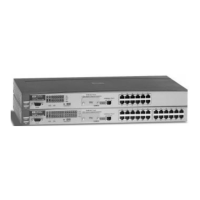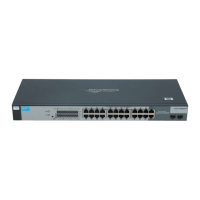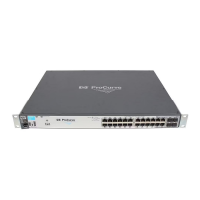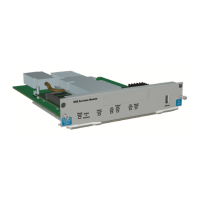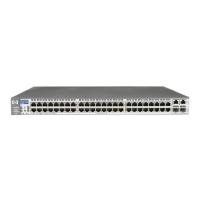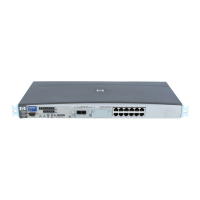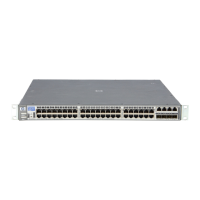4-14
Configuring Secure Shell (SSH)
Configuring the Switch for SSH Operation
For more on this topic, refer to the documentation provided with your SSH
client application.
Displaying the Public Key. The switch provides three options for display-
ing its public key. This is helpful if you need to visually verify that the public
key the switch is using for authenticating itself to a client matches the copy
of this key in the client’s "known hosts" file:
Non-encoded ASCII numeric string: Requires a client ability to
display the keys in the "known hosts" file in the ASCII format. This
method is tedious and error-prone due to the large ASCII number set.
(See figure 4-9 on page 4-13.)
Phonetic hash: Outputs the key as a relatively short series of alpha-
betic character groups. Requires a client ability to convert the key to
this format.
Hexadecimal hash: Outputs the key as a relatively short series of
hexadecimal numbers. Requires a parallel client ability.
For example, on the switch, you would generate the phonetic and hexadecimal
versions of the switch’s public key in figure 4-9 as follows:
Figure 4-11. Examples of Visual Phonetic and Hexadecimal Conversions of the Switch’s Public Key
Note The two commands shown in figure 4-11 convert the displayed format of the
switch’s (host) public key for easier visual comparison of the switch’s public
key to a copy of the key in a client’s "known host" file. The switch always uses
an ASCII version (without PEM encoding, or babble or fingerprint conversion)
of its public key for file storage and default display format.
Hexadecimal
"Hash" of the
Same Switch
Phonetic "Hash" of Switch’s Public Key
!FishSecurity.book Page 14 Thursday, October 10, 2002 9:19 PM
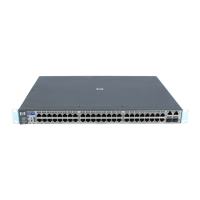
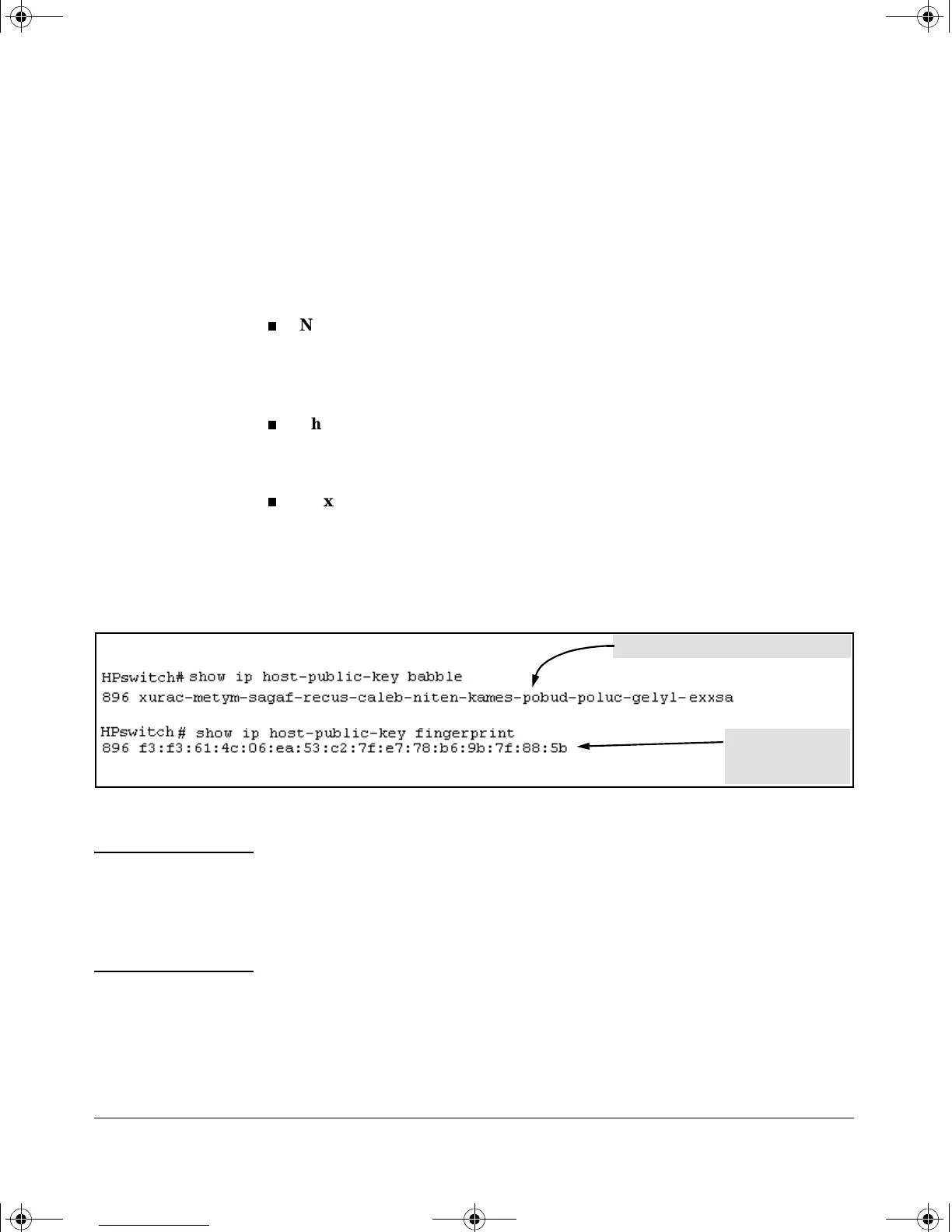